Bone and Gum Grafting & Periodontal Care in Hamilton
Book Your Appointment
Book Your Appointment
Gentle, Expert Periodontal Care in Hamilton
If you're experiencing gum recession, bone loss, or are preparing for dental implant surgery, then bone and gum grafting may be a critical part of restoring your oral health. At Filice Dentistry, we offer comprehensive periodontal care in Hamilton, including gum grafting procedures and dental bone grafts, all delivered with compassion and expertise.
Whether you're looking to stop further gum disease or support long-term dental work like implants, our team will guide you through the process with clarity and comfort.
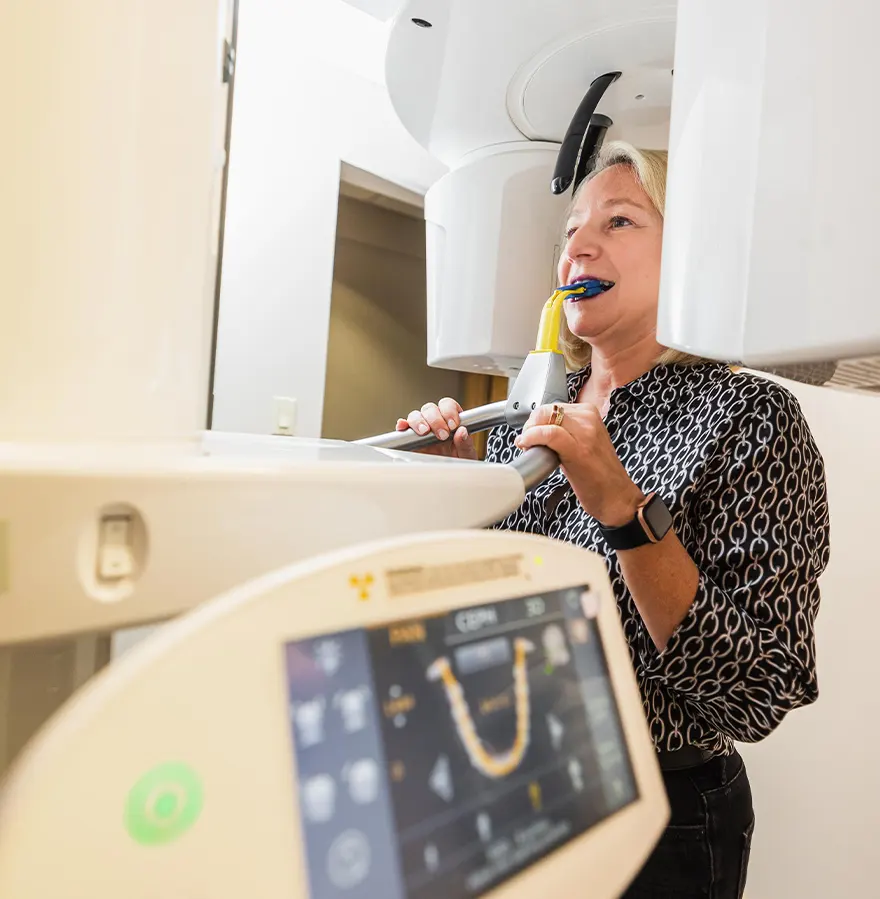
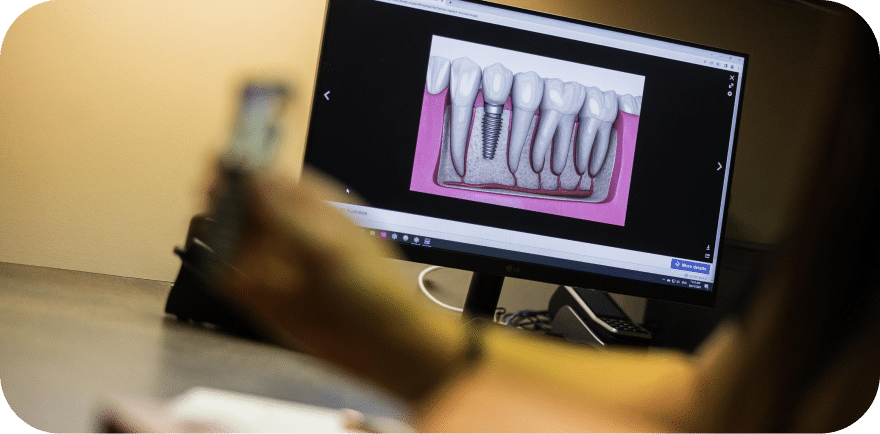
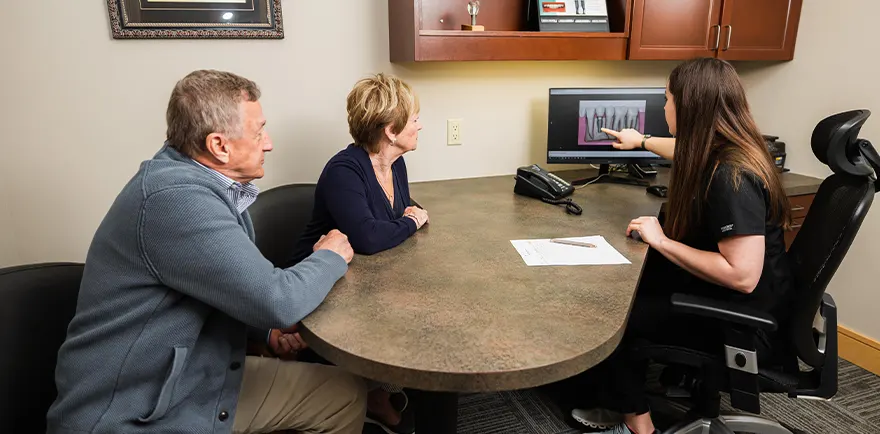
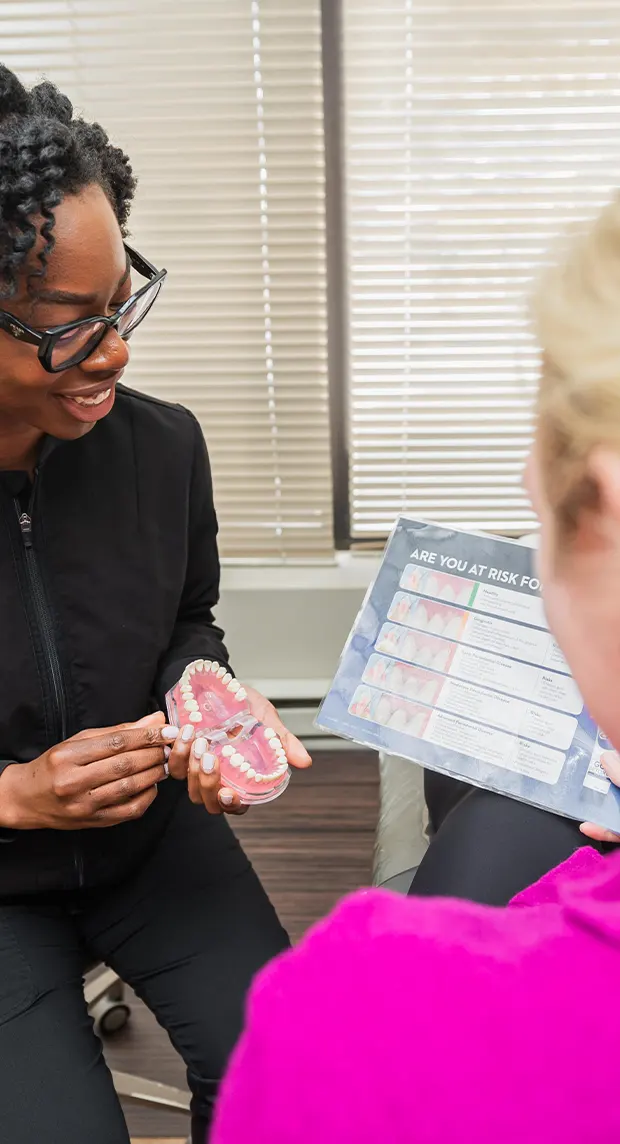
How Bone and Gum Grafting Can Help You
Bone and gum grafting are surgical procedures that restore the foundation of your teeth, whether that’s replacing lost bone or rebuilding receded gum tissue. Here’s a look at when each may be recommended:
What to Expect from The Grafting Process
We understand that any surgical procedure can feel intense. Our Hamilton dental team is committed to making your experience as stress-free and comfortable as possible. Here’s a general overview of what to expect during your gum or bone grafting procedure, step by step.
1. Personalized Consultation
First, we’ll examine your gums, teeth, and jaw using digital imaging, like our CBCT x-rays, and other diagnostic tools. We'll explain the areas of concern, walk you through your options, and help you decide if a gum graft or dental bone graft is the right step in your treatment plan.
2. Treatment Planning
Next, we will tailor your treatment according to what plan works best for you. If you're receiving a gum graft, we’ll determine the type of donor material to use and the best technique based on your individualized diagnosis. For bone grafts, we use safe, biocompatible materials designed to promote healthy bone growth.
3. Grafting Procedure
The procedure is typically done under local anesthesia, with sedation options available if needed. We’ll gently place the grafting material in the targeted area and secure it so it can heal and integrate naturally with your existing tissue or bone.
4. Recovery and Aftercare
After surgery, you’ll be given clear instructions and a care plan to help you heal. You may be advised to eat soft foods, avoid certain activities, and use medication or rinses as needed. Healing times vary, but many patients start to feel better within a few days and see full results over a few months.
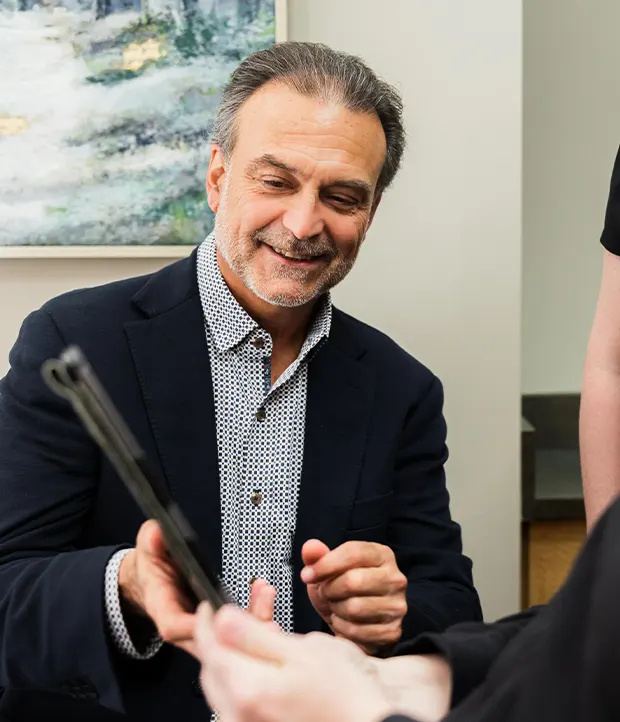
Why Choose Filice Dentistry for Periodontal Care?
At Filice Dentistry, we combine decades of experience with patient-centred care. We don’t just treat the symptoms; we look at your full oral health picture for complete support. Whether you’re facing gum disease, preparing for dental implants, or trying to save your tooth, we’ll help you understand your options so you feel confident in your treatment choice.
Our periodontal services are delivered in a calm, welcoming environment with a focus on prevention, preservation, and long-term results. Education is important for understanding your treatment, but also for knowing how to prevent similar issues from arising in the future. We take the time to inform and guide you to your best oral health.
Frequently Asked Questions (FAQs)
Yes! Preventing gum recession and bone loss starts with good oral hygiene and healthy habits. We recommend:
- Brushing gently with a soft-bristled toothbrush
- Flossing daily to remove plaque between teeth
- Scheduling regular dental cleanings and checkups
- Quitting smoking, if applicable
- Wearing a nightguard if you grind your teeth
- Treating gum disease early before it progresses
By staying proactive with your dental care, you can protect your gums and jawbone for years to come.
Book Your Consultation Today
If you're concerned about receding gums or are preparing for dental implants, the team at Filice Dentistry can help. Our Hamilton dental office provides expert care with a focus on comfort, education, and lasting results. Call today to schedule your consultation and protect the foundation of your smile.
